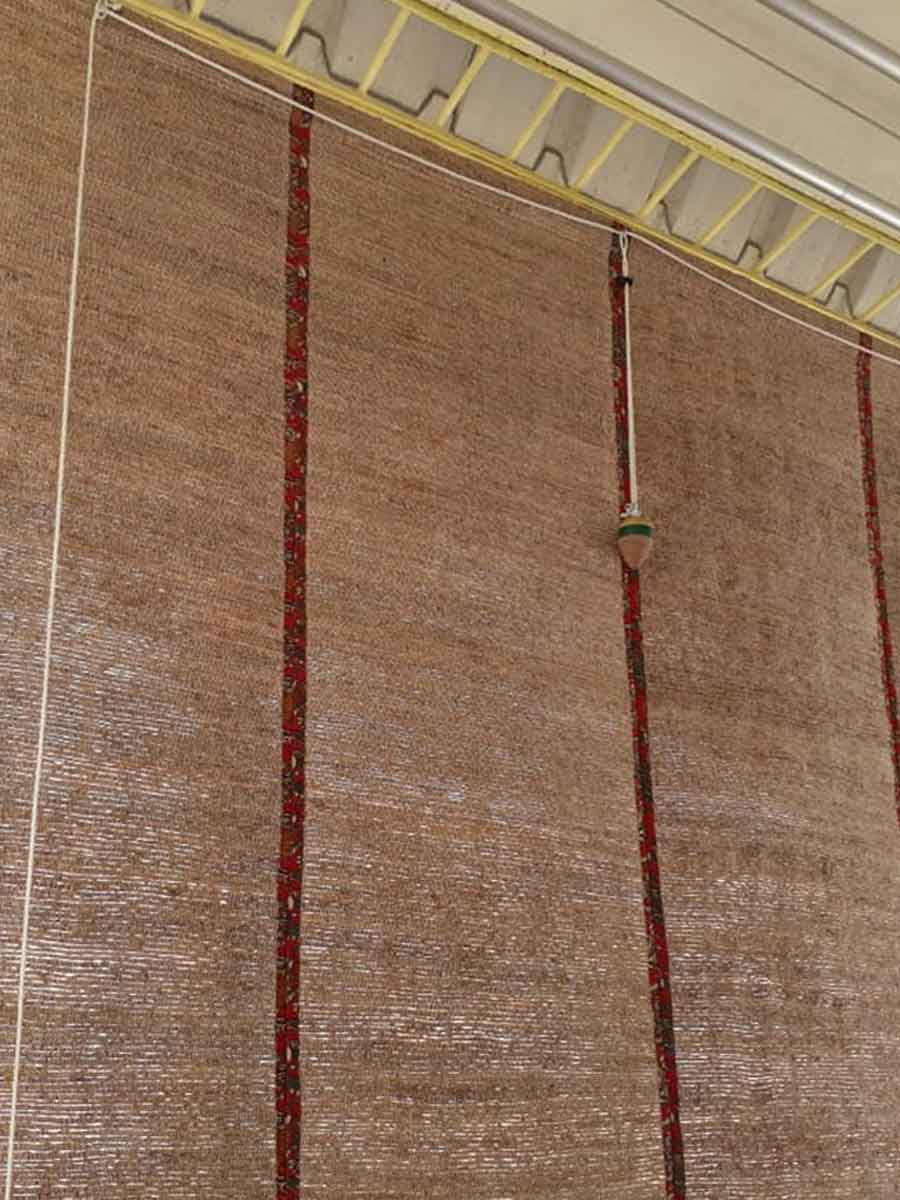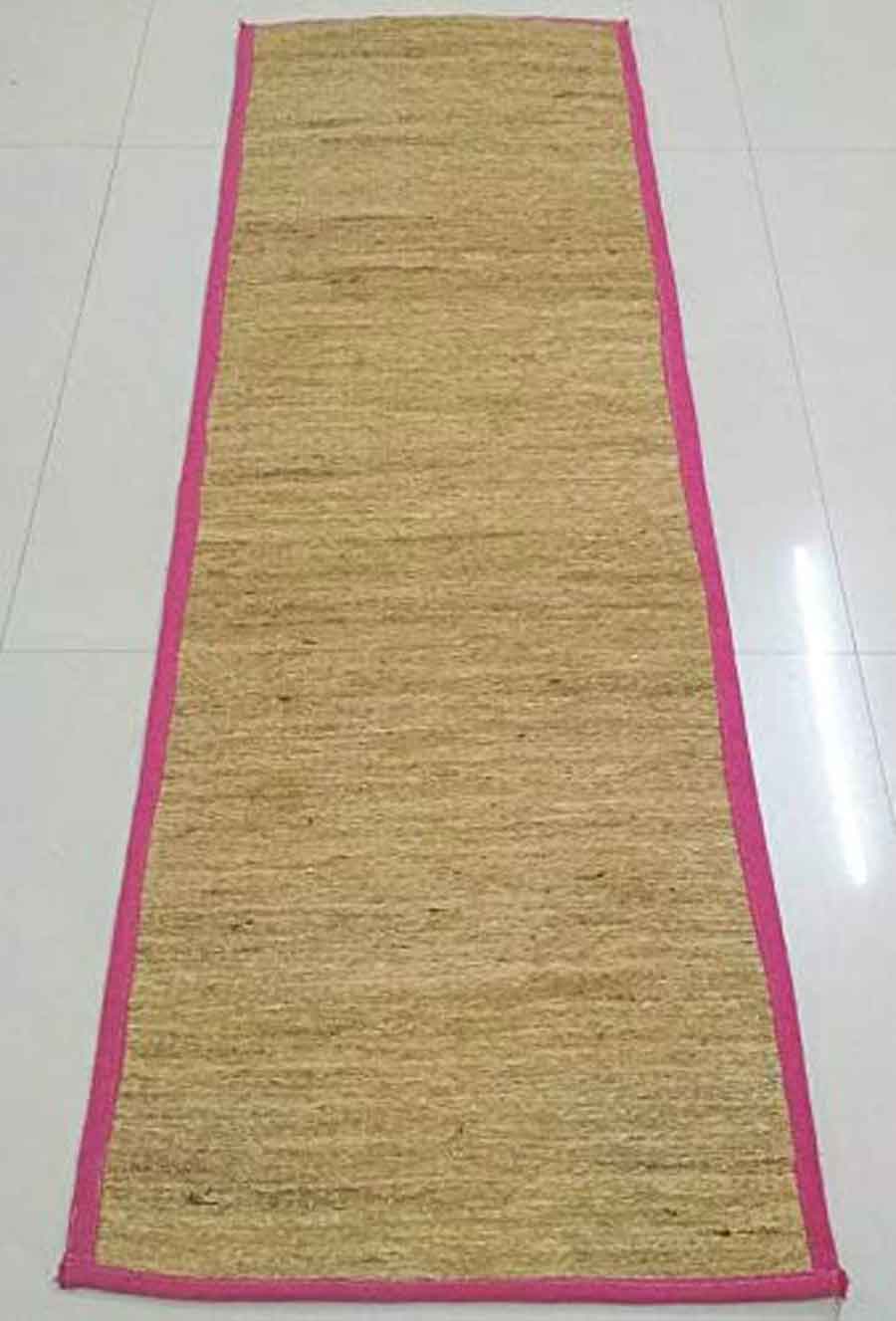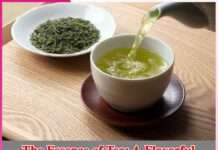Use of Khus Mat in Summer Season
Introduction: Yes, summer has returned, with temperatures reaching new highs. It’s the point of year when each converse with family or acquaintances revolves around how scorching the climate has gotten and whether or not the most awful thing is yet to arrive. As we sweat, fret, phew, and anxiety, this is also the time of season when interruptions in electricity bring communities further together.
Also Read:
- Meghalaya: Scotland of India
- Footwear Stylish and Comfortable
- Choose Handbags Intelligently: Tips For Buying Handbag
- Our Abode Is Our Friend, Decorate It Nicely To Reside Peacefully
- Jute, The Fabric of India
Time For New Experiences:
Summer is a time for creating experiences that will endure for a lifetime. Everyone in their own has a unique in its own manner, with a unique set of perceptions, lessons, and comfort. Each generation has their tales to tell and emotions to recall about how they spent their summer. Whereas summer was about individuals, mangoes, khus ki mat, aam-panna, mogra, vividh-bharati, and furthermore, reminiscence is the essence of the time of year that you and I now frequently relish on.
Time For Greater Commotion:
Summers are to be experienced not only because of the scorching temperatures, but also because of the commotion that accompanies it. Summer classes, summertime clothing, summer vacation, places of interest, summer employment, summer getaways, summer exercises, and more are all the rage. Summer is about more than the burning sun; it is about greater hype than temperature.
Description of khus:

As a Sharbat:
Besides from botany, one might be best acquainted with khus in its sharbat shape. In summertime, many Indian households store up on premade neon-green sugar syrup, which is mixed with cold water to form a delightful drink.
Alternatives Ways For Heat Reduction:
Innovators are constantly exploring for methods that decrease power consumption, the production of heat, and cool roofing material, but sometimes moving ahead is not the best option. Alternatives that are environmentally friendly have existed in the past as well.
Eco-friendly Cooling Techniques:
A few generations ago, chilling buildings, homes, and automobiles was the standard. As with all natural solutions, there are always certain additional benefits, both recognized and unknown. This environmentally friendly cooling technique provided a broad list of such advantages. It begins with little electricity usage, no more heat generating, and local production of resources, local job creation, and a solution for some of the poisons we pollute our land with. It’s likely wondering where this magical wand came from.
Water & Soil Conservation:
Khus is one of the most effective phytoremediation plants, which use plants for clearing up soil, water, and pollutants. This amazing plant has piqued the interest of the Chinese scientists to the point where most of the study for its application is now originating from China. They, too, are struggling with pollution and regard this plant as nothing short of something miraculous. However, we used it for a long time without realizing its significance. This plant has been found to purify water and soil by absorbing contaminants and harmonizing nitrogen and phosphorus. Water is conserved and retained in the soil.
As a Perfume:
Once boiled and drained for their oil, these roots generate an earthy odour that is utilized in perfumes all over the world, including Chanel and Armani. The majority of khus oil is now manufactured in Haiti and the Reunion Islands.
Varied Usages For Skin:
Khus is reported to be cooling, beneficial to absorption, and immune regulating. It can aid in the treatment of skin problems, the strengthening of the urinary system, and the prevention of hair loss. Researchers are additionally finding that the modest khus is helpful for the environment. Its strong roots make a solid subsurface hedge with nearby vetiver roots.
Use of Khush During & Before British Rule:

Usage in Water & Soil Management Research:
In fact, there was an instance a while back about two ragi farmers in Karnataka, one of them planted this on the borders of the land and his seedlings thrived when there was no rain for an entire month. This plant was also used in a soil as well as water management research in southern India’s tea plantations, which was quite effective but did not make headlines.
As a Source of Water Cleaner:
This kind of plant can survive in a variety of situations, from parched to immersed, and can be used as a source of water cleaner in a horticultural farm. It is frequently used to remove salinity when hurricanes make coastal regions saline.
Waste Water Purification:
This is a top facility for waste water purification in oil refineries and landfill/leachate phytoremediation. It thrives and develops quickly, absorbing all of the poison in the soil/water. It provides fragrant oil that can be used in a variety of herbal medicines. Several decades ago, a trial with this plant to halt the erosion of soil due to torrential downpours and flooding began and was so effective that it was replicated in many countries after India, but it did not work to arouse enthusiasm for regular cultivating and co-farming of this plant due to the economic benefits falling to zero.
Khus Mats During Colonialism:
Khus curtains or “Khus mats” were used in every government offices. Water was applied over it, and even in the warmest summers, evaporation kept the interiors cold. During the time of colonialism, ‘Sahibs’ had frequent watering people known as ‘Bhistis’ who would arrive and soak the window coverings that were draped on all the sunny windows and verandahs.
Khus Roof Cooling:
The majority of ecotourism in India is a contradiction in which this heritage might assist. One invests a lot of money to enjoy time in nature within one of the reserve woods, but air-conditioned accommodations are required, which additionally heats up the environment. What a boon to the ecology and fauna if these hotels used Khus roof cooling instead of ACs.
Khus Mats in Cars:
The markets were inundated with khus mats and hand-fans as summer approached. Drivers would purchase these khus-mats and hang them to their car tops. Before embarking on any excursion, they typically pour water over those grass mats, causing the roof of the vehicle to cool down and lower temperatures within the cabin for the passengers by 10 degrees Celsius or more. In addition to evaporative cooling, water that evaporates from the mat would chill the metallic finish of the roofing material even more.
Conclusion: The industrialized world has adopted our conventional green methods of life in a new form. This is one of our traditions that the rest of the world is unfamiliar with. Hopefully, we’ll be able to resume it before then.













































